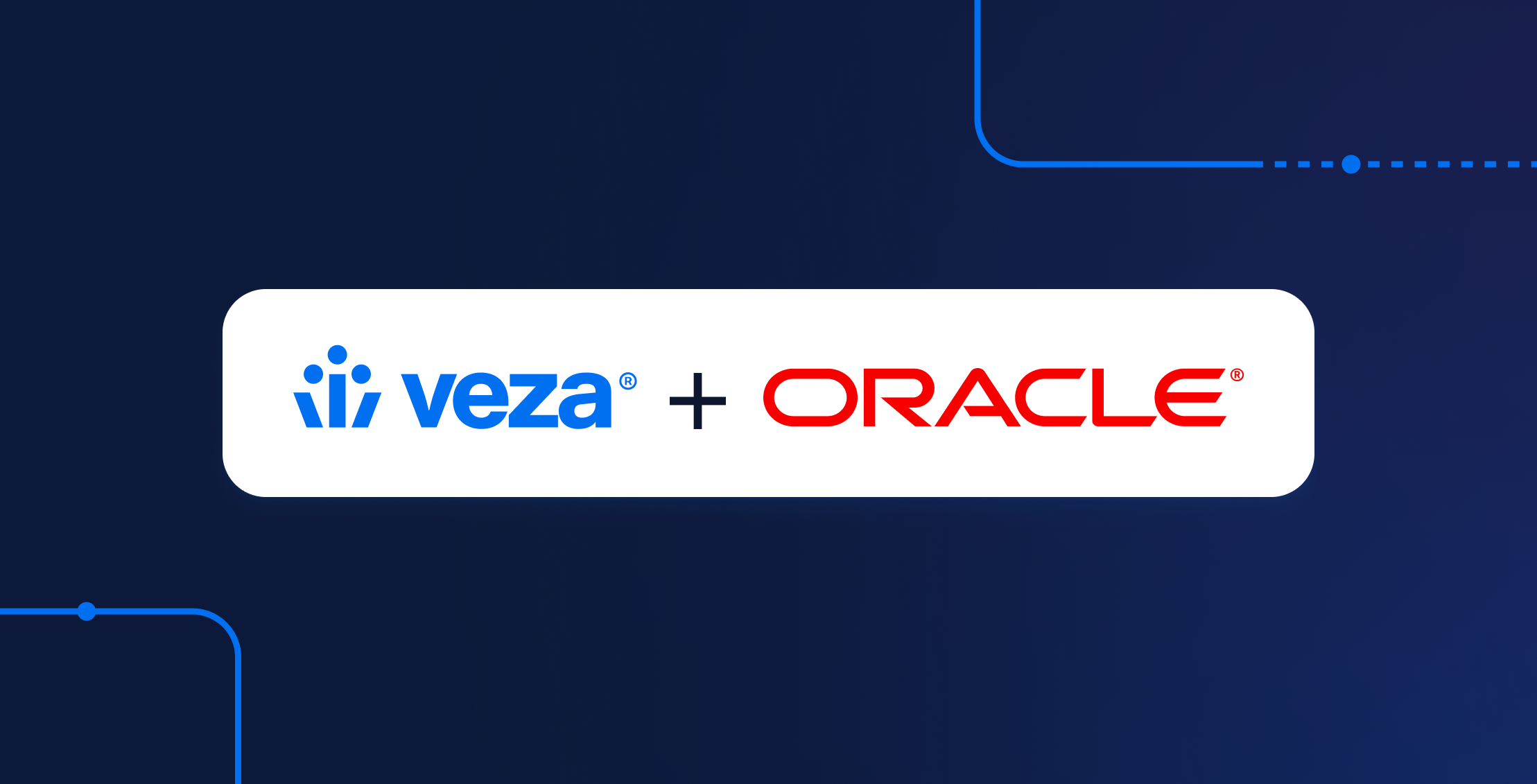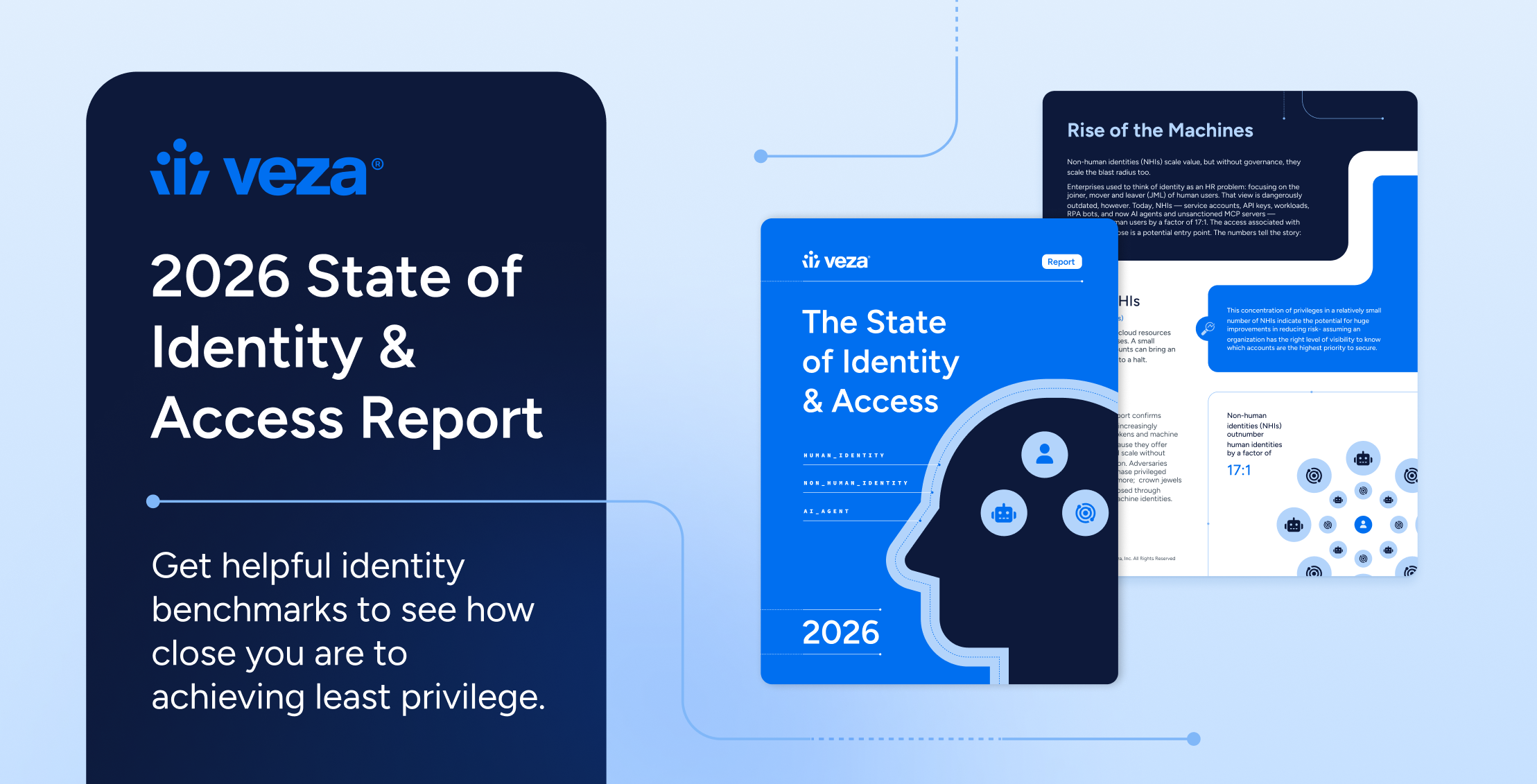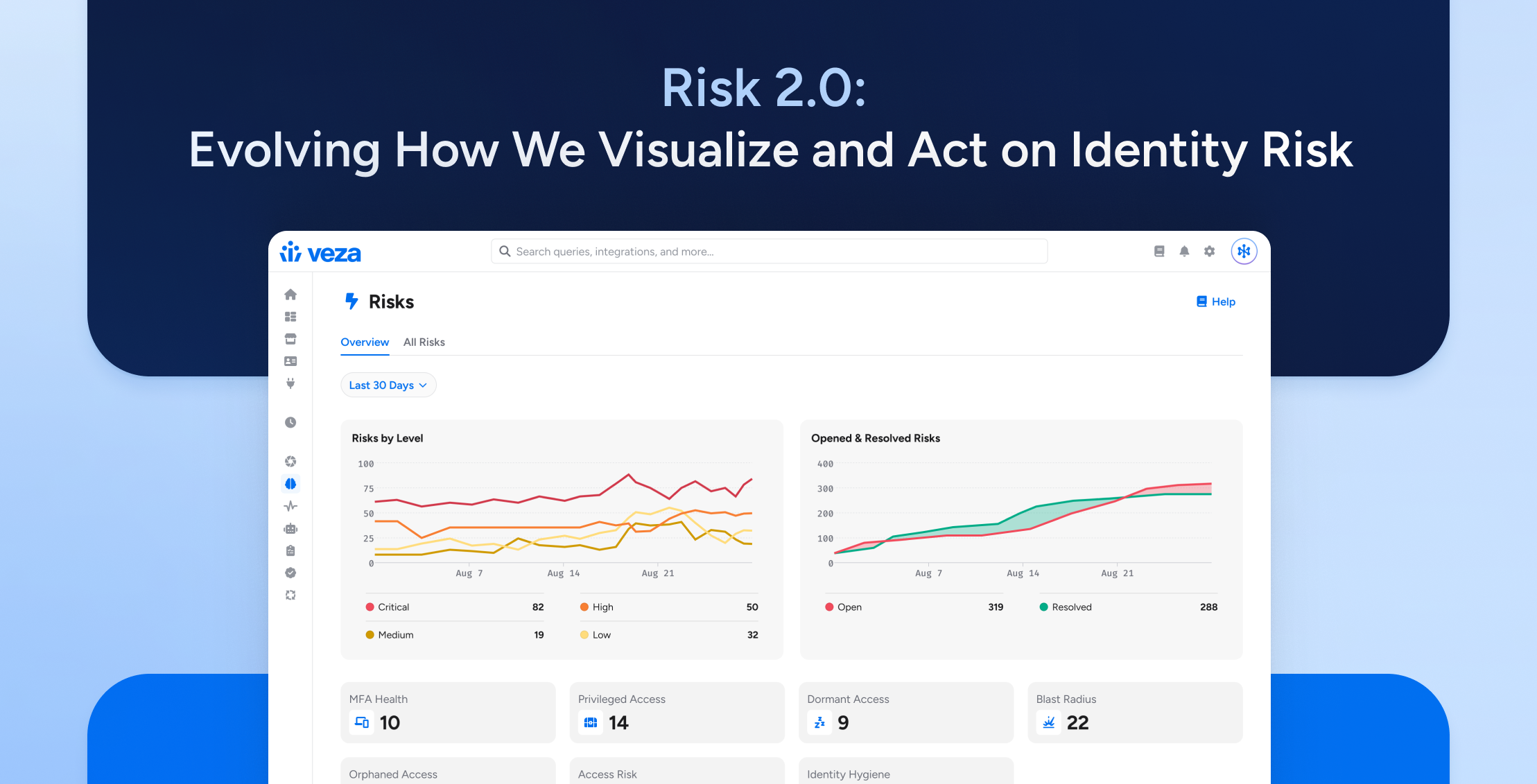
Managing access to Oracle environments such as Oracle E-Business Suite (EBS), JD Edwards EnterpriseOne (JDE), Oracle Fusion Cloud ERP, or Oracle Databases presents both technical and organizational challenges. IT teams must balance roles, permissions, compliance mandates, and security risks—often across fragmented, legacy systems or cloud transformations. With overlapping responsibilities and a constant flow of access changes, maintaining control and visibility becomes a daunting task.
But identifying the root challenges is the first step toward solving them.
The Oracle Access Dilemma: More Than Just Permissions
Oracle applications operate on a complex access control model with layered roles, user responsibilities, and permissions. In many organizations, this complexity leads to a lack of visibility, inconsistent access control enforcement, and operational risk.
Common questions security and compliance teams ask include:
- Who has access to sensitive systems and data?
- Is that access appropriate based on their role?
- Are dormant, orphaned, or over-permissioned accounts introducing unnecessary risk?
These questions become even more critical under the lens of compliance frameworks like SOX, PCI-DSS, and GDPR. Without the right controls, it’s difficult to detect unauthorized privilege changes or prevent access sprawl—two key contributors to compliance violations and insider threats.
Addressing the Access Management Challenge
Modern access management solutions must go beyond basic role assignments. Organizations need capabilities that offer deep visibility into access relationships, enforce least privilege, and automate compliance workflows.
Instead of relying on spreadsheets or fragmented native tools, organizations benefit from solutions that:
- Integrate directly with Oracle applications (on-prem or cloud)
- Automatically map user roles, responsibilities, and entitlements
- Continuously monitor for privilege escalation and unauthorized access
- Enable real-time alerting, automated reviews, and compliance reporting
By gaining clarity on who can take what action on which resource, IT and security teams can shift from reactive access management to proactive risk mitigation.
Key Benefits of Modern Access Control for Oracle Applications
1. Enhanced Visibility into Access Control
Oracle environments often feature deeply nested roles and entitlements. Without centralized visibility, tracking who has access to what becomes time-consuming and error-prone.
Modern solutions centralize roles, responsibilities, and permissions across environments, eliminating guesswork and helping identify risk areas such as toxic combinations, orphaned accounts, or inappropriate cross-functional access.
Example: In Oracle EBS, centralized visibility can help quickly flag when a finance user has access to system administration functions, violating Separation of Duties (SoD) controls.
2. Least Privilege Enforcement Across Environments
Maintaining least privilege is critical but hard to scale manually. Whether you’re managing thousands of users across Oracle JDE or Fusion Cloud ERP, over-permissioned accounts remain one of the most common risks.
With the right tools, organizations can detect privilege sprawl, remediate unnecessary access, and implement policy-based access controls. This minimizes exposure to insider threats and helps maintain regulatory compliance.
Example: In JDE, detecting roles with full access to finance and procurement functions allows security teams to reduce risk by aligning access with business requirements.
3. Continuous Monitoring and Real-Time Alerts
Access management isn’t static. Roles change. Responsibilities evolve. Without continuous monitoring, risky changes can go unnoticed until an audit—or worse, a breach.
Modern platforms monitor changes to access in real time and alert on privilege escalation or misconfigurations. This empowers teams to respond quickly to unauthorized activity and keep systems audit-ready.
Example: An alert triggered when a user gains elevated access to Oracle Fusion Cloud ERP can help prevent privilege abuse before sensitive data is compromised.
4. Automated Access Reviews and Compliance Reporting
Access reviews are essential for demonstrating compliance with SOX, GDPR, and other regulatory requirements. But manual reviews are time-consuming and prone to errors.
Automated access reviews enable security teams to validate user permissions efficiently, reducing operational overhead while maintaining compliance. Built-in reporting also helps prepare for internal and external audits.
Example: Auto-generating quarterly access certifications for Oracle Database service accounts ensures compliance with audit requirements while saving time for access owners.
Securing Access Across Diverse Oracle Applications
While all Oracle applications serve distinct business needs, they share a common challenge: managing access in a way that reduces risk, supports compliance, and minimizes administrative overhead. Each Oracle environment comes with unique complexities, making a one-size-fits-all access strategy ineffective. Understanding those differences—and applying tailored controls—is critical.
- In Oracle E-Business Suite (EBS), access management is often hindered by intricate role hierarchies and overlapping responsibilities. With large volumes of users and deeply nested permissions, it’s easy for violations of Separation of Duties (SoD) to go unnoticed. Modern solutions help by providing centralized visibility into role-to-permission mappings, enabling organizations to detect high-risk access combinations early and streamline access certifications. Continuous monitoring ensures that elevated privileges aren’t granted without oversight, helping security teams maintain both operational control and audit readiness.
- JD Edwards EnterpriseOne (JDE) presents its own set of challenges, especially around role bloat and aging account structures. Legacy permissions often remain long after they’re needed, introducing risk through orphaned or over-permissioned accounts. By automating the discovery of inactive or excessive roles, organizations can reduce manual review cycles while enforcing least privilege. This not only strengthens the overall security posture but also reduces the likelihood of audit findings tied to outdated access practices.
- Oracle Fusion Cloud ERP adds cloud complexity to the mix. As organizations migrate financial and customer data to cloud platforms, the stakes for securing access grow higher. Fusion Cloud ERP environments demand near real-time monitoring to detect misconfigured roles or excessive permissions that could result in compliance violations or data exposure. With policy-based access controls and automated enforcement, organizations can maintain governance across critical business functions without slowing down operations or delaying user provisioning.
- Oracle Databases, meanwhile, require rigorous control over who can access, modify, or delete sensitive data. Misconfigured service accounts or elevated privileges can quickly lead to regulatory non-compliance or accidental data loss. Role mapping at the database level, combined with alerting on suspicious access patterns, gives security teams the ability to act quickly while maintaining full visibility into the data layer.
Across all these environments, the goal remains the same: ensure that the right people have the right level of access—no more, no less. With unified visibility, policy automation, and real-time monitoring, organizations can reduce risk, simplify compliance, and protect sensitive information at scale.
Seamless Integration Without Operational Overhead
Integrating identity security with Oracle shouldn’t require heavy lifting. Leading solutions offer:
- API or direct database connections to Oracle environments
- Auto-discovery of access relationships
- Intuitive interfaces for policy configuration and review workflows
- Real-time monitoring with built-in audit reporting
This ensures your access management program scales with your Oracle investment, without slowing down operations or increasing admin burden.
Conclusion: Streamlining Oracle Access Management
Managing access across Oracle applications may be a complex task, but with the right tools, it becomes manageable. Visibility, control, and compliance are within reach, without sacrificing productivity or security.
Whether you’re working with Oracle EBS, JDE, Fusion Cloud ERP, or Databases, simplifying access management is critical to maintaining a secure, audit-ready, and compliant environment.
Continue Your Oracle Access Security Journey
- Explore Oracle-Specific Integration
Discover how Veza seamlessly connects to your Oracle applications—including EBS, JDE, Fusion Cloud ERP, and Oracle Databases—to provide unified visibility, least privilege enforcement, and continuous compliance.
Explore Oracle Integrations - Learn About Managing Access in Multi-Cloud Environments
See how Veza provides unified identity and access control across cloud platforms, including Oracle Cloud Infrastructure (OCI), as part of broader cloud access management, essential for hybrid Oracle environments.
Cloud Access Management Use Case - Dive Into Technical Details with the Oracle Solution Brief
Access a comprehensive guide detailing how Veza secures access across Oracle EBS, JDE, Fusion Cloud ERP, and Oracle Databases with automated visibility, policy enforcement, and audit-ready reporting.
Veza for Oracle Solution Brief
About the Authors
This post was created through a collaboration between Jim Lester, a Founding Solutions Architect, and Matthew Romero, Technical Product Marketing Manager, both at Veza.
Jim brings decades of experience in enterprise infrastructure and access security. As a founding solutions architect at Veza, his deep knowledge of complex integration and authorization frameworks ensures Veza’s solutions address real-world challenges across Oracle and multi-cloud environments.
Matthew contributed significant research and content development for this blog, shaping key insights around identity security challenges and solution benefits.
Together, Jim and Matthew combine technical depth with market perspective to deliver a comprehensive guide to securing access in Oracle applications.





